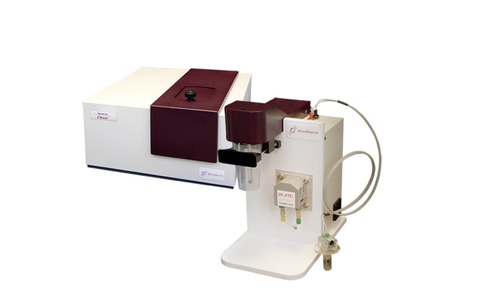
A report from Testa Analytical Solutions e.K describes how automation of isoelectric point measurement can be achieved using a BI-ZTU autotitrator in combination with a Nanobrook zeta potential analyser.
The stability of a dispersion is commonly determined by zeta potential. However, the surface chemistry of solid particles in a dispersion can be modified by altering parameters such as pH, surfactant concentration and salt concentrations. Hence, it is important to determine how pH affects the zeta potential of a dispersion. By studying the isoelectric point, scientists can determine how pH affects zeta potential and can therefore determine at which pH the zeta potential is zero.
The BI-ZTU autotitrator option for NanoBrook zeta potential analysers is suitable for automatic determination of the isoelectric point of colloids, for the detection of the onset of aggregation as a function of pH and for measure effect of salt concentration (ionic strength) on zeta potential.
Incorporating four pumps, the BI-ZTU enables automatic addition of acid or base to adjust the pH of a sample, recording of pH, and loading of sample into the electrode cell of a Nanobrook zeta potential analyser. Using this set-up allows users to determine zeta potential at a particular pH and then automatically repeat the measurement for the next pH in the series.




